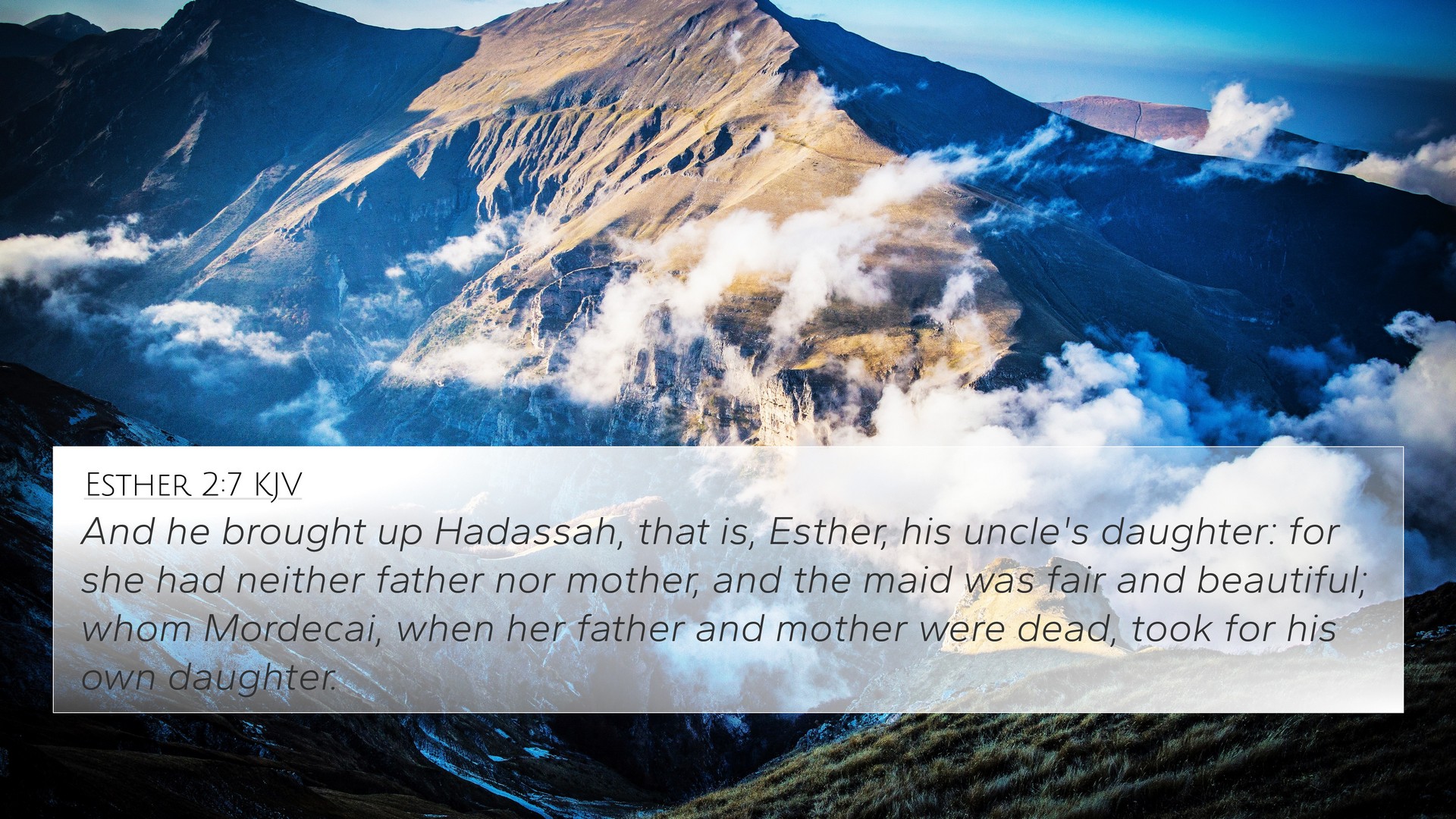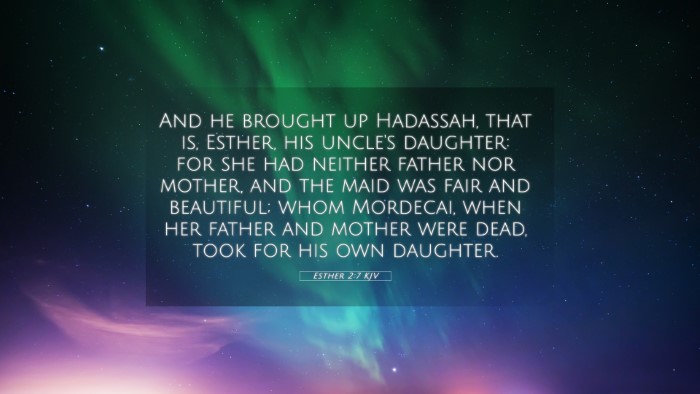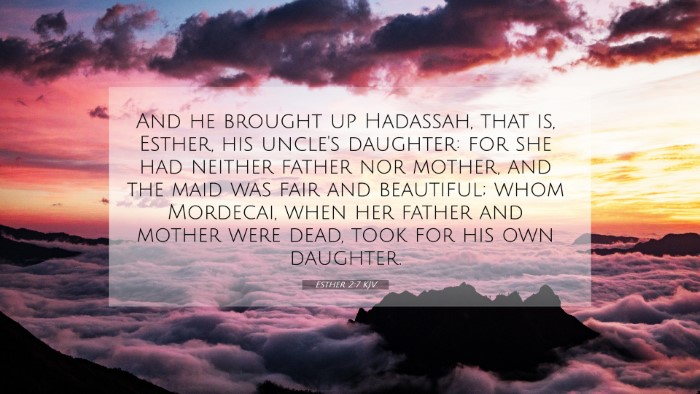Old Testament
Genesis Exodus Leviticus Numbers Deuteronomy Joshua Judges Ruth 1 Samuel 2 Samuel 1 Kings 2 Kings 1 Chronicles 2 Chronicles Ezra Nehemiah Esther Job Psalms Proverbs Ecclesiastes Song of Solomon Isaiah Jeremiah Lamentations Ezekiel Daniel Hosea Joel Amos Obadiah Jonah Micah Nahum Habakkuk Zephaniah Haggai Zechariah MalachiEsther 2:7 Similar Verses
Esther 2:7 Cross References
And he brought up Hadassah, that is, Esther, his uncle's daughter: for she had neither father nor mother, and the maid was fair and beautiful; whom Mordecai, when her father and mother were dead, took for his own daughter.
Uncover the Rich Themes and Topics of This Bible Verse
Listed below are the Bible themes associated with Esther 2:7. We invite you to explore each theme to gain deeper insights into the Scriptures.
Esther 2:7 Cross Reference Verses
This section features a detailed cross-reference designed to enrich your understanding of the Scriptures. Below, you will find carefully selected verses that echo the themes and teachings related to Esther 2:7 KJV. Click on any image to explore detailed analyses of related Bible verses and uncover deeper theological insights.
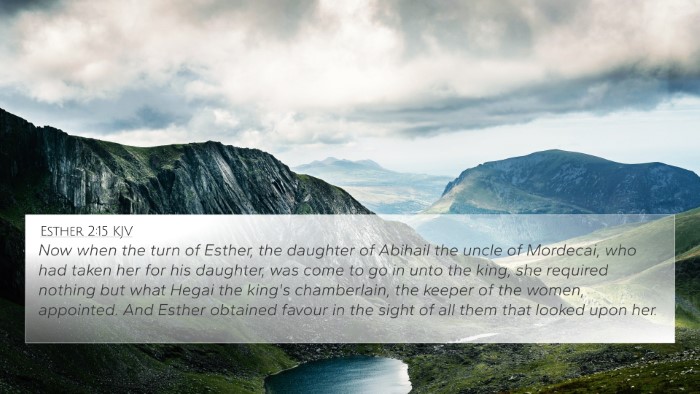
Esther 2:15 (KJV) »
Now when the turn of Esther, the daughter of Abihail the uncle of Mordecai, who had taken her for his daughter, was come to go in unto the king, she required nothing but what Hegai the king's chamberlain, the keeper of the women, appointed. And Esther obtained favour in the sight of all them that looked upon her.
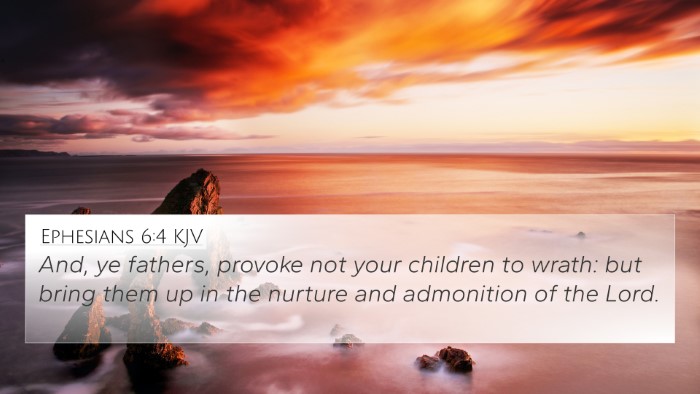
Ephesians 6:4 (KJV) »
And, ye fathers, provoke not your children to wrath: but bring them up in the nurture and admonition of the Lord.
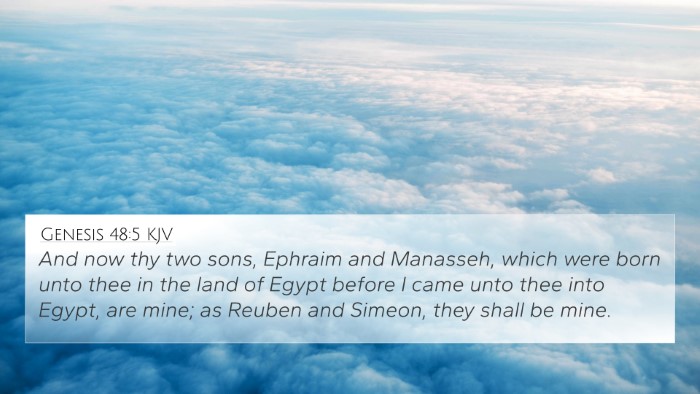
Genesis 48:5 (KJV) »
And now thy two sons, Ephraim and Manasseh, which were born unto thee in the land of Egypt before I came unto thee into Egypt, are mine; as Reuben and Simeon, they shall be mine.
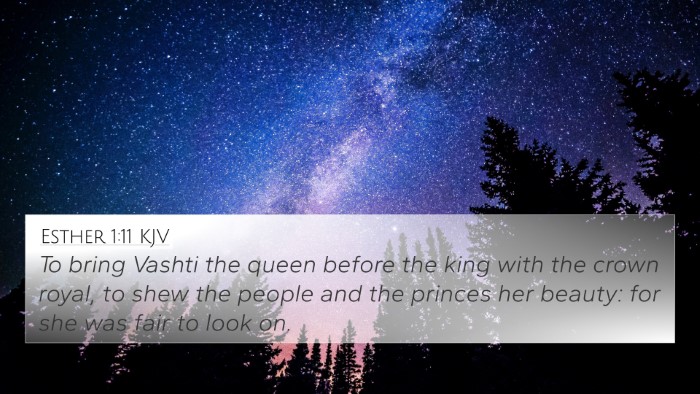
Esther 1:11 (KJV) »
To bring Vashti the queen before the king with the crown royal, to shew the people and the princes her beauty: for she was fair to look on.
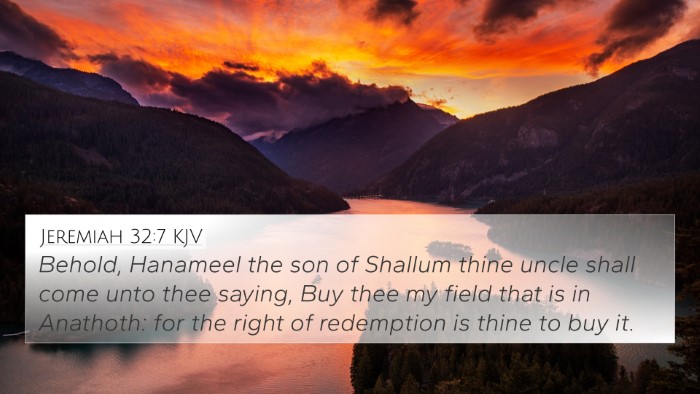
Jeremiah 32:7 (KJV) »
Behold, Hanameel the son of Shallum thine uncle shall come unto thee saying, Buy thee my field that is in Anathoth: for the right of redemption is thine to buy it.
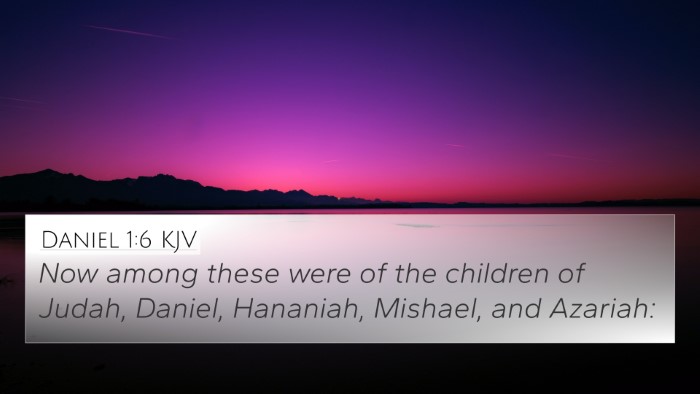
Daniel 1:6 (KJV) »
Now among these were of the children of Judah, Daniel, Hananiah, Mishael, and Azariah:

2 Corinthians 6:18 (KJV) »
And will be a Father unto you, and ye shall be my sons and daughters, saith the Lord Almighty.
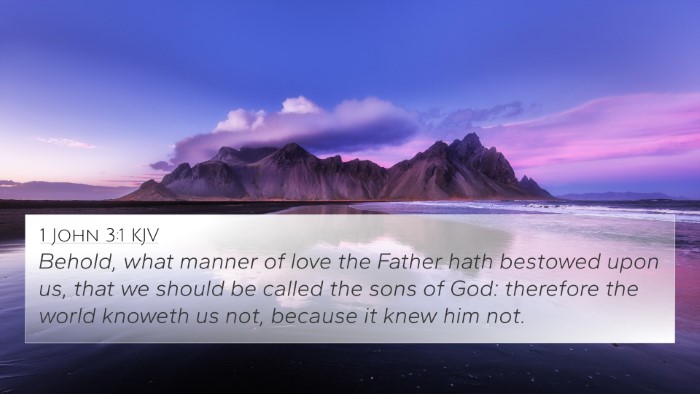
1 John 3:1 (KJV) »
Behold, what manner of love the Father hath bestowed upon us, that we should be called the sons of God: therefore the world knoweth us not, because it knew him not.
Esther 2:7 Verse Analysis and Similar Verses
Understanding Esther 2:7
Esther 2:7 states: "And he brought up Hadassah, that is, Esther, his uncle's daughter: for she had neither father nor mother, and the maid was fair and beautiful; whom Mordecai, when her father and mother were dead, took for his own daughter." This verse introduces Esther, a pivotal character in the biblical narrative, and highlights her background and the circumstances surrounding her upbringing. Here, we explore the depth of this verse through insights drawn from public domain commentaries.
Verse Context and Significance
Esther's story occurs during the Persian Empire when the Jews were exiled. Her lineage and beauty play significant roles in the unfolding events. Understanding this verse requires a look at Esther's identity and the cultural implications noted by Matthew Henry, who emphasizes that her beauty was not just external but also a reflection of her virtuous character.
Commentary Insights
Matthew Henry
Matthew Henry points out the providential care in Esther's life. She is orphaned and brought up by her cousin, Mordecai, highlighting God's plan for her in a time of crisis. Her beauty is noted, symbolizing how God often uses the unlikely to fulfill His purposes. This can be compared to themes found in 1 Samuel 16:7, where God looks at the heart rather than outward appearances.
Albert Barnes
Albert Barnes elaborates on Esther's name, emphasizing "Hadassah," which means "myrtle," a symbol of joy and renewal, contrasting her initial situation of loss and grief. He connects this to Isaiah 61:3, where God replaces mourning with joy, showcasing the transformative power of God's providence.
Adam Clarke
Adam Clarke notes the cultural implications of Esther being raised by Mordecai. He discusses the importance of family structure in Jewish culture and how this familial bond provided a support system for Esther. He also draws parallels to Psalms 68:5-6, which speaks of God as a protector of the fatherless and a provider of home, which reinforces the idea of community and safety in God's design.
Thematic Connections
This verse illustrates several themes that can be cross-referenced with other scriptures:
- Divine Providence: See Romans 8:28 for the idea of God working through situations for good.
- God's Choice: Compare with David's selection in 1 Samuel 16:1, demonstrating God's preference for the overlooked.
- Beauty and Character: Relate to 1 Peter 3:3-4 about inner beauty being of great worth in God’s sight.
- Family Dynamics: Look at Proverbs 22:6 for guidance on upbringing children in the right path.
- God's Care for Orphans: Connect to James 1:27 regarding pure religion being to look after orphans.
- Leadership and Influence: Refer to Matthew 5:14-16, signifying being a light to others like Esther.
- Identity and Purpose: See Jeremiah 29:11 for God’s plans and purposes for individuals.
Cross-Referencing Esther 2:7
This exploration of Esther 2:7 through inter-Biblical dialogue provides a framework for understanding her role as not just a figure of beauty but as a testament to God's orchestration of events. To fully comprehend Esther’s significance, one can utilize various tools for Bible cross-referencing:
- Bible Concordance: Helps locate verses related to specific themes such as beauty and providence.
- Bible Cross-Reference Guide: A tool for connecting related scripture passages.
- Cross-Reference Bible Study: Applying cross-referencing methods to deepen understanding.
- Bible Reference Resources: Use these to find thematic links across different books.
- Bible Chain References: Helps in tracking themes from one verse to another throughout Scripture.
Conclusion
Esther 2:7 serves as a rich entry point into the story of Esther, offering insights into divine providence, personal identity, and God's greater plan. By cross-referencing this verse with others, believers can deepen their understanding of the narratives woven throughout scripture, drawing connections that illuminate God's consistent character across time and circumstance.
